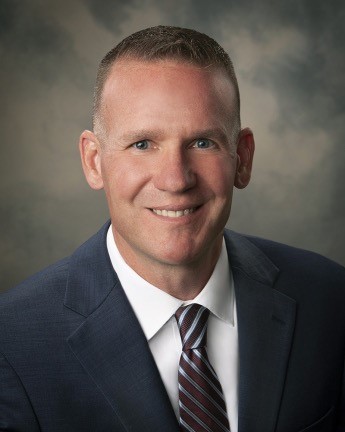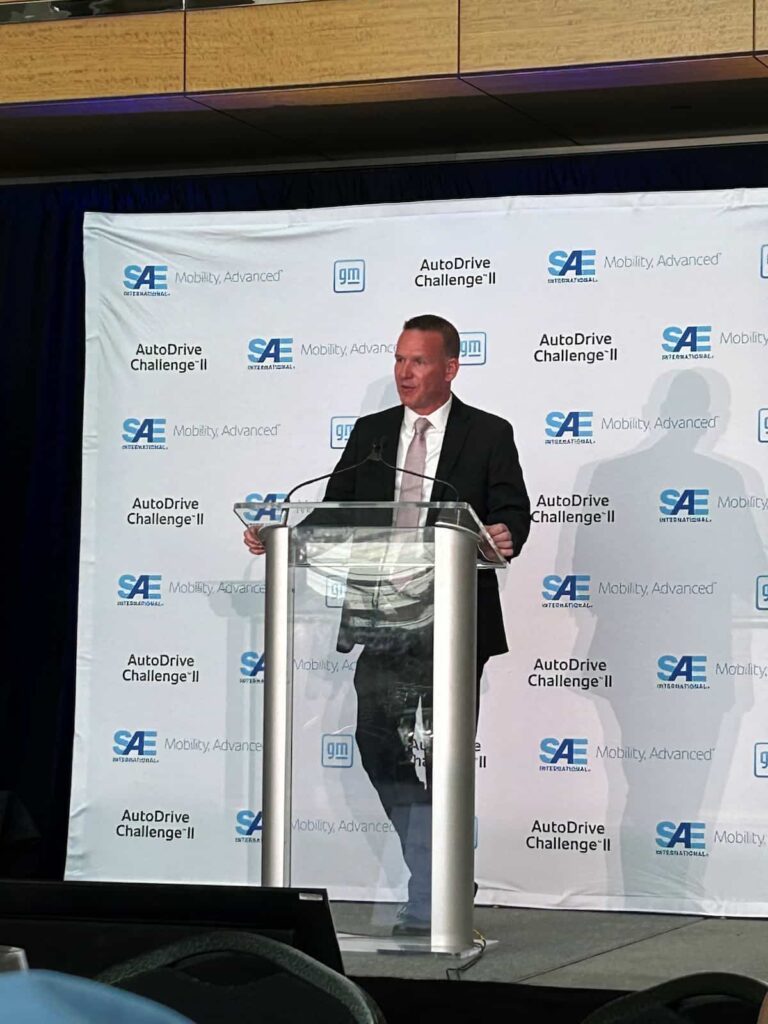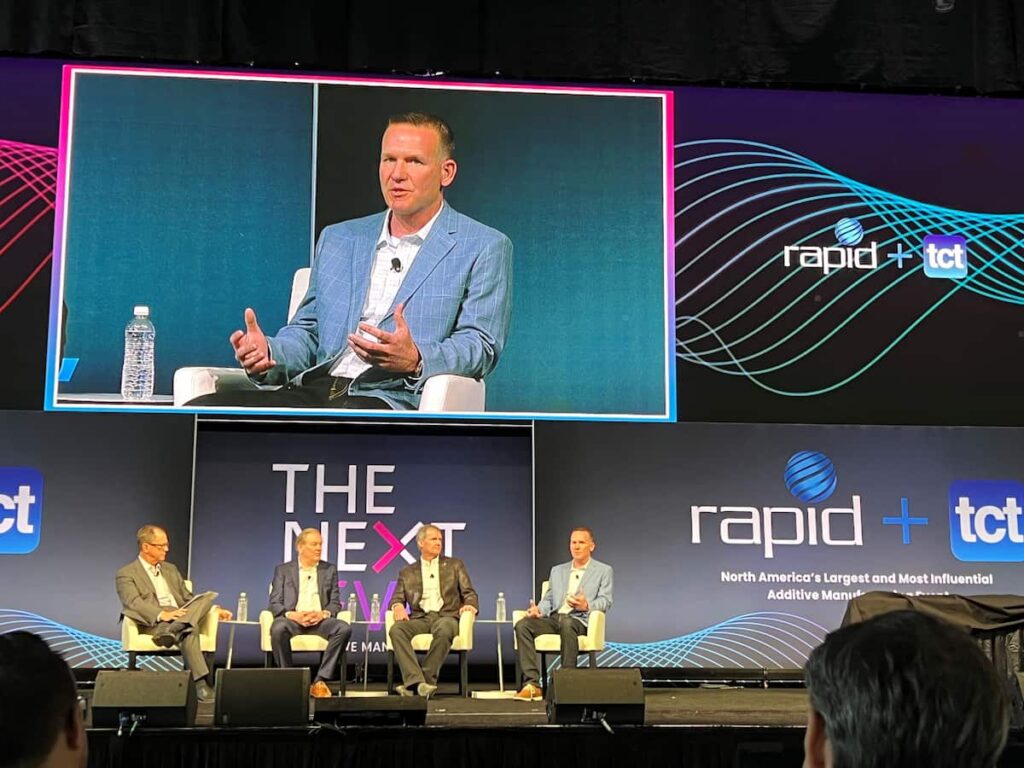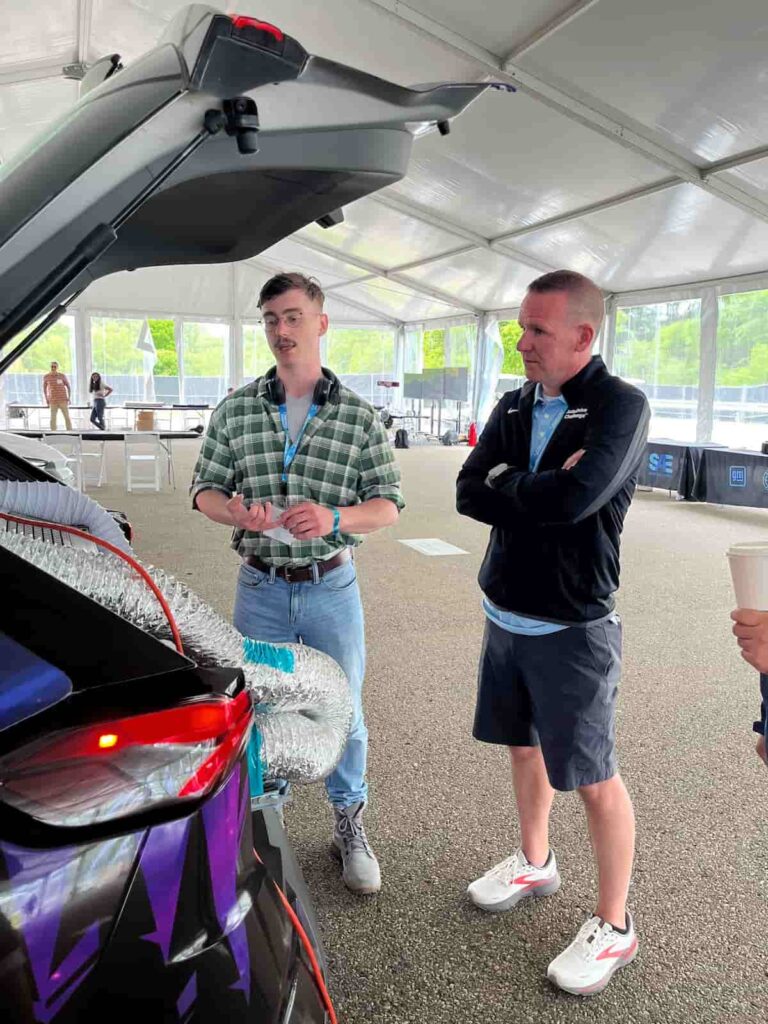
As technology develops at a rapid pace, workforce development initiatives often struggle to keep up, leaving schools and universities searching for solutions to provide adequate STEM education.
Chris Ciuca and his team at SAE International provide those solutions, ensuring that no student misses out on these valuable concepts, all the while preparing the workforce of tomorrow.
Chris Ciuca | Vice President of Programs & Engagement | SAE International
Chris serves as the Vice President of Programs & Engagement at SAE International where he oversees programs designed to engage over 70,000 members and volunteers working together to advance mobility in safe and sustainable ways. Through workforce development initiatives spanning PreK-12, university, and professional levels, SAE programs emphasize community partnerships to provide reliable solutions to mobility’s biggest challenges. We at EliteX, are proud to introduce Chris Ciuca as one of the Transformational Leaders in EdTech, 2024.
Chris’ journey into educational technology was inspired by his background as a classroom teacher. With first-hand experience teaching foundational concepts, Chris could see what was needed to evolve curriculum and give students access to the tools and knowledge they need to thrive.
Nearly 18 years ago, he joined SAE with the task of transforming the organization’s PreK-12 STEM program, A World In Motion. Under his leadership, the program expanded to serve over 6 million students globally, aiming to prepare them for future careers.
“Of course, on the business side, growth is great to see, but the most important thing that we got from this expansion is confirmation that this program is incredibly valuable to schools, and we’re fulfilling a need for our students,” Chris said.
The team’s philosophy centers around the idea that STEM education must evolve continually, placing students in real-world scenarios that require teamwork and adaptability. Technology will always be central to these efforts, and effectively collaboration is crucial to students’ success.
“It’s all of our collective responsibility to push boundaries, ask questions, and challenge the status quo.”

A Collaborative Mentality
Chris believes transformational leadership in EdTech is a team-driven effort. He strives to build a robust team where his role becomes less central to daily operations.
“My happiest moments are when I see a team working together to drive student success through a shared mission,” he said. “I’ve been in this role long enough to know that success is achieved through collaboration, not any one individual effort.”
Over the past few years, he’s witnessed significant changes in the EdTech landscape, particularly in the mobility engineering sector that embraces this collaborative mindset.
Traditionally, small teams of mechanical engineers could drive innovation. However, today’s engineering challenges are much more complex, requiring diverse teams that include not only mechanical engineers but also computer and software engineers, social scientists, and finance and marketing professionals.
This multidisciplinary approach ensures that engineering design is both comprehensive and optimized for success, and it’s one that Chris and the team at SAE emulate as they work closely with mobility engineers to create new learning opportunities for the next generation.

Innovation in Action
Chris put his approach to transformational leadership to the test with the launch of the SAE AutoDrive program in partnership with General Motors. This initiative tasks diverse university teams with developing an autonomous vehicle platform. Teams design, build, and test an SAE J3016 Level 4 Autonomous vehicle that can drive without a person at the wheel.
To support these teams, Chris and his colleagues created a community of experts to help with computational platforms, data integration from various sensors, and logistical challenges. This initiative not only aimed at achieving success in the competition but also fostered the development of transformational leaders with a shared vision and the ability to build diverse, goal-oriented teams.
Now in its second iteration, the AutoDrive Challenge successfully provides a practical educational experience that links college students to potential career opportunities with top tier employers like GM who are hungry for talent.
Addressing Challenges through Accessibility
Chris identifies a challenge of integrating technology into education today as ensuring that it serves a broader purpose rather than existing in isolation. Educators need to find ways to give meaningful purpose to the technology they introduce in classrooms.
“Students are already deeply engaged with technology in their daily lives, and instead of resisting it, educators should look for ways to integrate tools like AI effectively into the learning environment,” Chris said.
He prioritizes user experience and accessibility in EdTech solutions by making these considerations an upfront goal rather than an afterthought.
How? By having a diverse team, he’s able to achieve well-rounded success.
Diversity of thought and experience is crucial, and Chris believes in creating an environment where team members feel comfortable sharing different opinions and bringing their true selves to the table. This inclusive approach ensures that EdTech initiatives cater to diverse learning needs and allow for the growth of every team member.

“A successful team is a diverse team. Diversity of thought is key to achieving well-rounded success.”
Mission Driven Metrics
The impact and effectiveness of SAE’s EdTech initiatives are measured by focusing on the mission’s “why.”
“Advancing mobility requires looking beyond traditional metrics like test scores and student grades,” Chris said.
Instead, SAE examines outcomes through metrics like the number of employers who prefer or require SAE program participation for job qualifications and how well they are increasing diversity within the engineering workforce by including traditionally underrepresented groups. The goal is to advance mobility for the benefit of all humanity, which means including diverse perspectives and backgrounds.
Networking with Purpose
To stay updated on the latest trends and innovations in educational technology, Chris leverages his dual role at SAE International, where he oversees workforce development initiatives and standards development for ground vehicle systems and aerospace. He regularly interacts with professionals from various industries who are developing mobility standards in areas like AI, additive manufacturing, automation, and electrification.
While Chris does not consider himself the expert, he is surrounded by experts and takes on the responsibility of connecting the dots and preparing the future workforce.
“I think it’s important to lead by example, and I want to show that it’s okay to not know everything,” Chris said. “The most important thing is learning, and SAE does an excellent job of connecting students and professionals to the knowledge and solutions they need.”
Technology and the Future of Education
Chris sees emerging technologies like Artificial Intelligence and Augmented/Virtual Reality playing a significant role in the future of education.
“These tools are here to stay. If we help educators focus on integrating them appropriately, we’ll see students excited about learning rather than disengaging,” he said. “Sometimes we intentionally remove powerful educational tools because we don’t-yet have the comfort level or understanding for meaningful integration.”
He offers a different approach, advocating for finding ways to harness these technologies to enhance learning, acknowledging that while students may push boundaries, integrating technology is crucial for preparing them for the future.
“Technology should be used as a tool to advance educational goals, not exist in isolation.”
Chris’ Vision
Chris advises aspiring leaders in the EdTech industry to build partnerships rather than trying to trailblaze alone. The EdTech landscape is too vast for any one person to tackle on their own, and being part of a collaborative team can significantly advance goals.

If a suitable team doesn’t already exist, Chris encourages creating one.
“When we first started the AutoDrive Challenge program, existing efforts in automated platforms were too narrow, so we set out to find the right people,” Chris said. “By forming a broader team, we could better achieve our goals. A great idea will always attract people willing to join in partnership.”
Chris envisions the future of education being driven by transformative leadership in EdTech. He believes that the community collectively knows what needs to be done to advance our future.
However, he acknowledges that sticking to traditional methods of instruction is often easier and less demanding. Chris sees it as everyone’s responsibility to push boundaries, ask questions, and challenge the status quo.
This, he believes, is the way forward for continued progress in education.